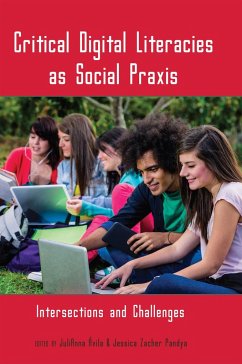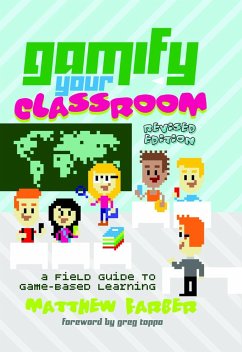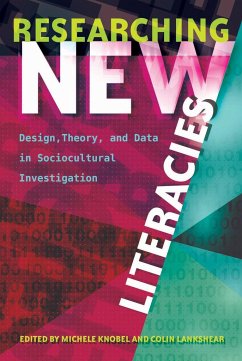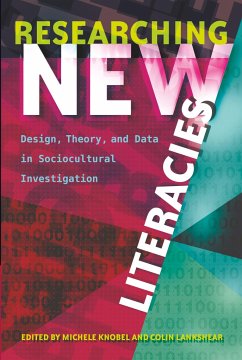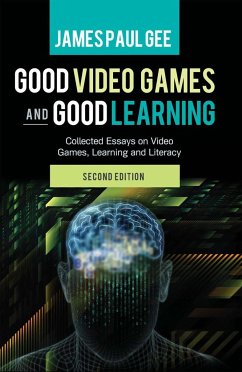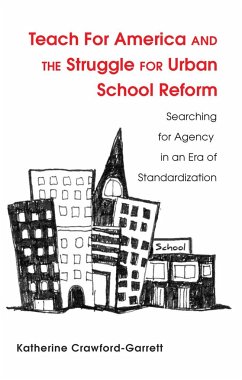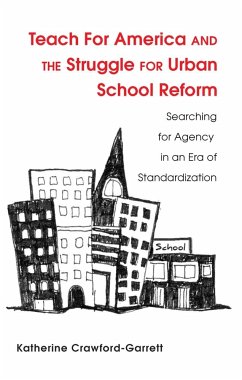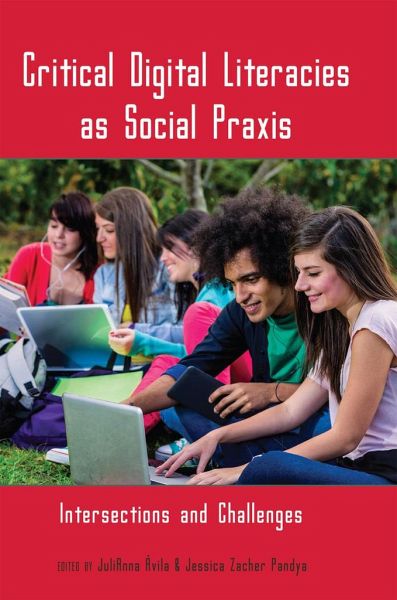
Critical Digital Literacies as Social Praxis
Intersections and Challenges
Herausgegeben: Ávila, JuliAnna; Pandya, Jessica Zacher
Versandkostenfrei!
Versandfertig in 6-10 Tagen
43,10 €
inkl. MwSt.

PAYBACK Punkte
0 °P sammeln!
This book won the Literacy Research Association's 2014 Edward B. Fry Book AwardThe contributors to this edited volume examine the simultaneous implementation of critical and digital literacies and explore ramifications for the development and assessment of critical digital literacies (CDL) curricula across educational contexts. We ask: How has the increasing ubiquity of digital literacies in and out of school affected our definitions of critical literacies? And how have our ever-changing perceptions of critical literacies affected how we define, teach, and engage in digital literacies? We beli...
This book won the Literacy Research Association's 2014 Edward B. Fry Book Award
The contributors to this edited volume examine the simultaneous implementation of critical and digital literacies and explore ramifications for the development and assessment of critical digital literacies (CDL) curricula across educational contexts. We ask: How has the increasing ubiquity of digital literacies in and out of school affected our definitions of critical literacies? And how have our ever-changing perceptions of critical literacies affected how we define, teach, and engage in digital literacies? We believe that there is crucial work to be done at these intersections, work that builds upon the extensive bodies of critical and digital literacies research. Some issues and questions that chapters address are:
What is negotiated, gained, or lost in the process of combining the critical and the digital?
Where is the power located - and who is silenced, and how - in CDL approaches?
Can CDL practices disrupt classroom routines in constructive and engaging ways?
How has the divide between audience and participant, and the notion of collective intelligence, been challenged and redefined by CDL?
How do CDL practices impact youths' identity constructions?
The essays in this volume present a balance between current issues and promising future opportunities and directions.
The contributors to this edited volume examine the simultaneous implementation of critical and digital literacies and explore ramifications for the development and assessment of critical digital literacies (CDL) curricula across educational contexts. We ask: How has the increasing ubiquity of digital literacies in and out of school affected our definitions of critical literacies? And how have our ever-changing perceptions of critical literacies affected how we define, teach, and engage in digital literacies? We believe that there is crucial work to be done at these intersections, work that builds upon the extensive bodies of critical and digital literacies research. Some issues and questions that chapters address are:
What is negotiated, gained, or lost in the process of combining the critical and the digital?
Where is the power located - and who is silenced, and how - in CDL approaches?
Can CDL practices disrupt classroom routines in constructive and engaging ways?
How has the divide between audience and participant, and the notion of collective intelligence, been challenged and redefined by CDL?
How do CDL practices impact youths' identity constructions?
The essays in this volume present a balance between current issues and promising future opportunities and directions.



